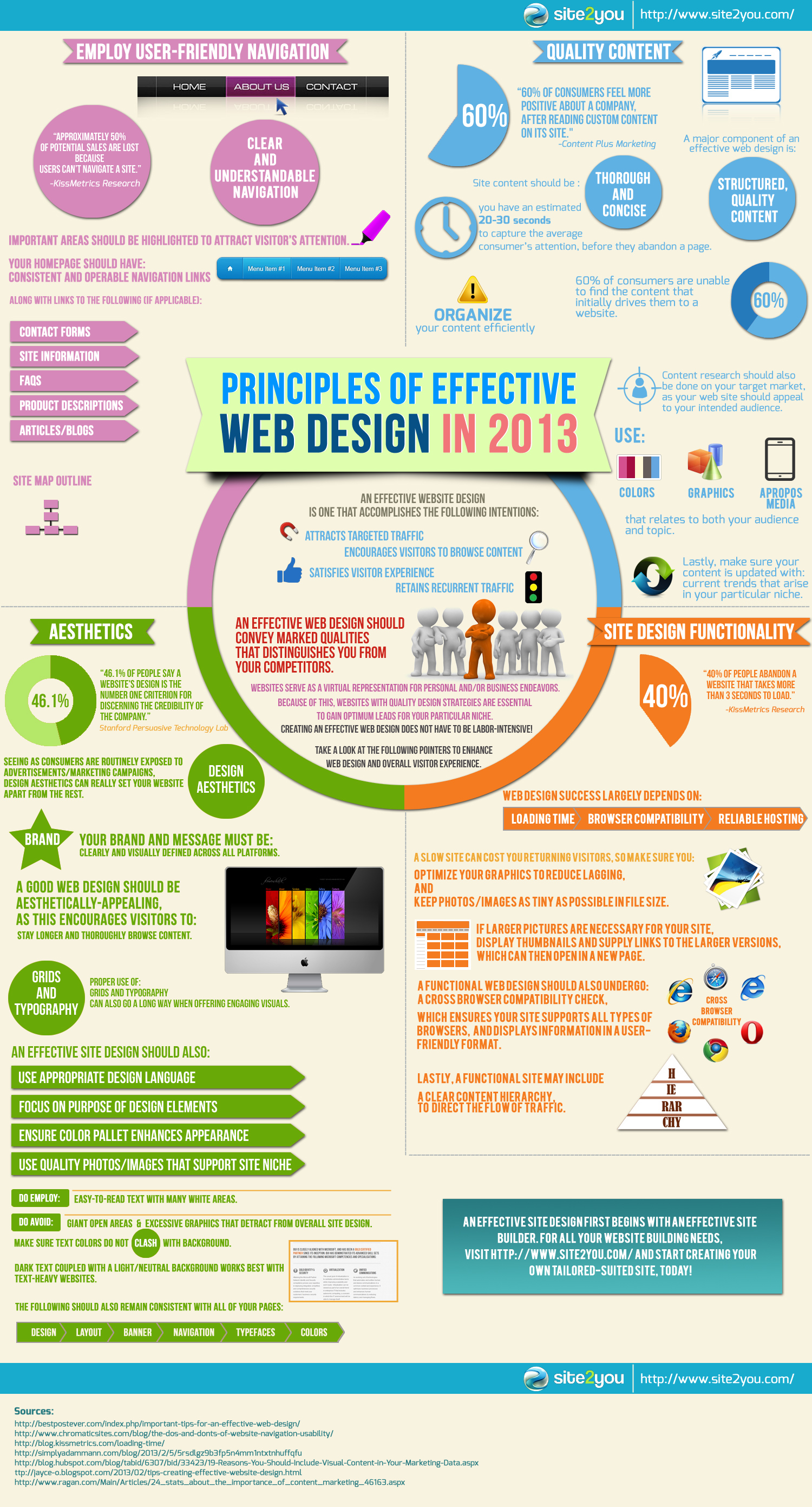Web Site Style Basics: Tips For Structure A User-Friendly Website
Web Site Style Basics: Tips For Structure A User-Friendly Website
Blog Article
Authored By-Crews Devine
When it involves website layout, making certain user-friendliness is crucial. From responsive layout to structured navigation, every component plays a crucial duty in producing a website that accommodates your target market's needs. But what concerning search engine optimization advertising that can make or damage a user's browsing experience? Stay tuned as we uncover some often-overlooked ideas that can elevate your web site's use to the next degree, making it genuinely stand out in the digital landscape.
Relevance of Responsive Style
Receptive style is a critical aspect of modern web site advancement. https://programminginsider.com/checklist-to-developing-a-digital-marketing-strategy/ is receptive means that it can adapt to various display dimensions and tools, supplying a smooth experience for users.
With the boosting use of smart devices and tablets to access the net, having a receptive style is necessary for reaching a broader audience. seo optimization services helps in improving user experience by making your web site very easy to browse and read on any tool.
Furthermore, responsive layout can favorably affect your search engine rankings, as internet search engine like Google focus on mobile-friendly websites. By having a responsive design, you're also future-proofing your website, as new gadgets with varying screen sizes continue to emerge.
Simplify Navigation Structure
To improve user experience and assist in simple accessibility to details on your site, streamlining the navigating structure is vital. When creating your website, concentrate on producing a clear and instinctive navigation food selection that assists visitors find what they're seeking rapidly.
Restriction the variety of food selection things to the basics, organizing associated pages together to prevent overwhelming users. Usage detailed tags that plainly show the web content of each web page, making it simpler for customers to recognize where each web link will certainly take them.
Think about applying dropdown food selections for subcategories to prevent jumbling the main navigating bar. Furthermore, include a search bar prominently on the page for customers that choose searching for particular info.
Prioritize mobile responsiveness in your navigation design to ensure very easy access on all tools.
Optimize Web Page Load Speed
Improving web page lots speed is important for keeping visitors on your web site. Slow-loading web pages discourage customers and can result in high bounce prices. To maximize page load rate, start by maximizing photos. Compress photos without endangering high quality to reduce their file sizes.
Furthermore, make it possible for browser caching to save regularly accessed resources in your area, speeding up tons times for returning visitors. Minify CSS, JavaScript, and HTML documents by getting rid of unnecessary characters, comments, and format, improving lots speed.
Consider using a content delivery network (CDN) to distribute your internet site's material throughout several servers worldwide, reducing latency for individuals accessing your website from different areas. Last but not least, restrict the use of third-party scripts and plugins, as they can significantly affect load times.
Verdict
In conclusion, by integrating receptive style, streamlining navigating, and optimizing web page tons speed, you can develop an user-friendly site that attract a wider target market and boosts customer experience. These essential elements guarantee that site visitors can conveniently gain access to and browse your website throughout various devices, bring about boosted involvement and fulfillment. By concentrating on these vital facets, you can develop an effective website that keeps users coming back for even more.
